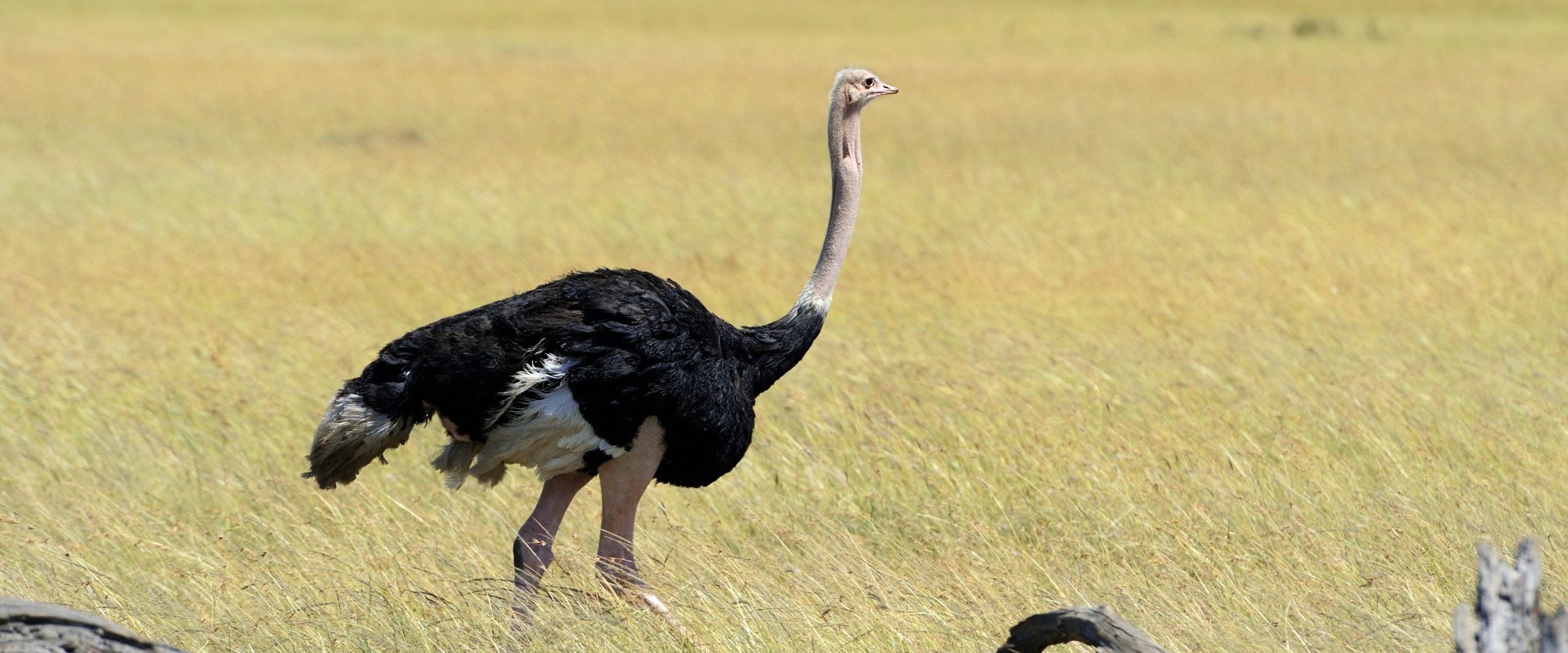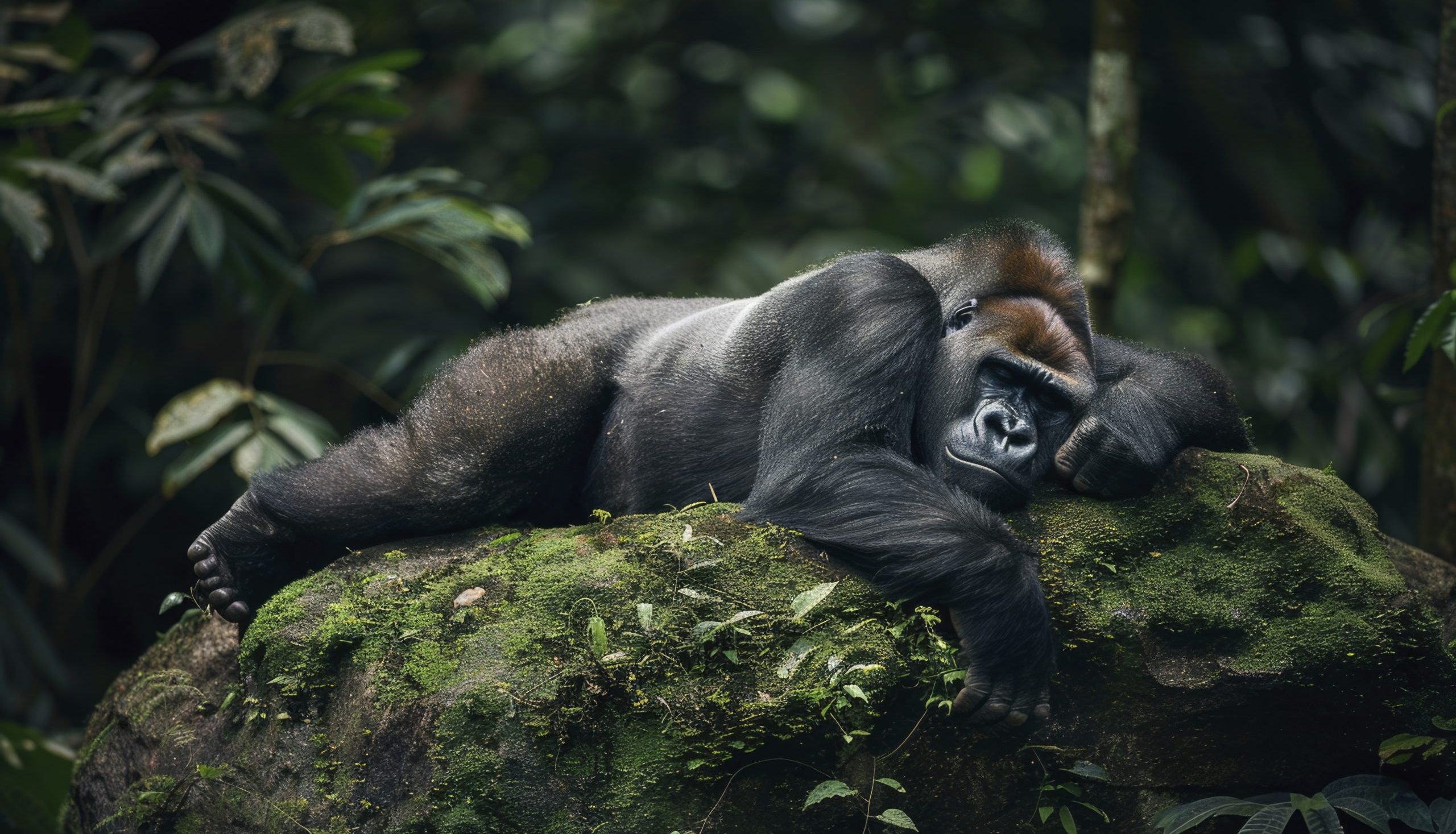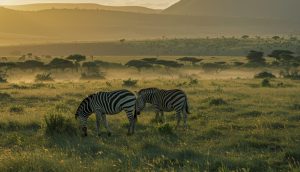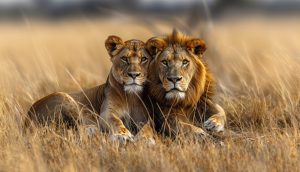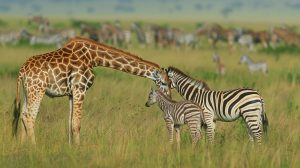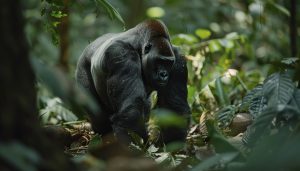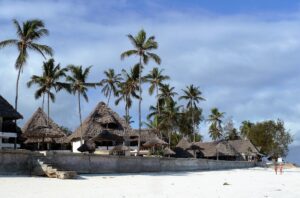Samburu National Reserve
Samburu National Reserve, situated in the arid region of northern Kenya, is a captivating wildlife sanctuary that spans approximately 165 square kilometers (64 square miles). Known for its rugged landscapes and unique wildlife, Samburu offers an authentic and less-visited safari experience, making it a hidden gem for nature enthusiasts and adventurers.
One of Samburu’s most distinctive features is its unique wildlife, often referred to as the “Samburu Special Five.” These species, which are rarely found in other national parks, include the Grevy’s zebra, reticulated giraffe, Somali ostrich, gerenuk (also known as the giraffe gazelle), and Beisa oryx. The reserve’s diverse habitats, from riverine forests and doum palm groves to open savannah and scrubland, provide ideal conditions for these and other animals.
The Ewaso Ng’iro River, which flows through the reserve, is a lifeline for the wildlife in this arid region. This perennial river attracts a variety of animals, especially during the dry season, making it a prime location for game viewing. Crocodiles and hippos are commonly seen in the river, while elephants, buffalos, and other herbivores come to drink and cool off. The riverbanks are also home to numerous bird species, making it a haven for birdwatchers.
Samburu is renowned for its large elephant population, and visitors can often observe these magnificent creatures up close. The elephants in Samburu are part of a long-term study, and many are known by name and personality, adding a personal touch to wildlife encounters. The reserve is also home to predators such as lions, leopards, and cheetahs, offering thrilling opportunities to witness these animals in their natural habitat.
The cultural richness of the Samburu people adds another layer of depth to the safari experience. The Samburu, closely related to the Maasai, are known for their vibrant traditional attire and semi-nomadic lifestyle. Visitors can engage with the local communities, learning about their customs, traditions, and relationship with the land and wildlife.
Samburu National Reserve’s dramatic landscapes are another highlight. The rocky outcrops, such as Koitogor and Ololokwe mountains, provide stunning backdrops for photography and exploration. The vast open plains, dotted with acacia trees and termite mounds, create a picturesque setting that contrasts beautifully with the lush riverine areas.
Accommodations in and around Samburu range from luxury lodges and tented camps to more budget-friendly options. These lodges often offer guided game drives, walking safaris, and cultural visits, ensuring that guests have a comprehensive and enriching experience. Many accommodations are situated along the Ewaso Ng’iro River, providing stunning views and close proximity to wildlife.
Conservation efforts in Samburu are focused on preserving the unique flora and fauna of the region while supporting the local communities. Initiatives include anti-poaching measures, habitat restoration, and community education programs. The reserve’s management works closely with conservation organizations and local tribes to ensure the sustainability of this precious ecosystem.
For those seeking adventure, Samburu offers various activities beyond traditional game drives. Guided nature walks, birdwatching tours, and camel safaris provide unique perspectives of the reserve’s landscapes and wildlife. The remote and uncrowded nature of Samburu allows for a more intimate and immersive safari experience.
In summary, Samburu National Reserve is a captivating destination that combines unique wildlife, dramatic landscapes, and rich cultural heritage. Its commitment to conservation and community engagement, along with its diverse habitats and stunning scenery, make it a standout location in Kenya. Whether you’re exploring the riverbanks, tracking elephants, or engaging with the Samburu people, this reserve promises an unforgettable and enriching adventure in the heart of Kenya’s northern wilderness.

